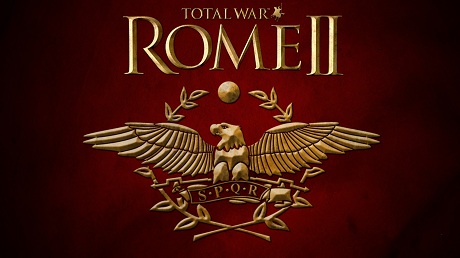Assault Tetreres - Mercenary Carthaginian Hoplites
Ramming attacks from these ships inflict terrible damage.The sons of Carthage are men worthy of the name "hoplite".
There is a good deal of debate as to how large ancient warships worked; the principles are understood, but the details are not always so clear. A Roman 'quadreme' or Greek 'tetreres' would seem to have four rows of oars if the name is translated literally. However, it is unclear how four sets of oars each with one rower apiece could be used without them getting in a terrible tangle even with a magnificently trained crew, or how the top set of rowers would be able to handle the extremely long oars pitched at a steep angle and still produce any power. The chances are that the term 'oar' had become synonymous with 'rower' and that the lowest bank had more than one man per oar. The other option was to go back to a double row of oars, with two men apiece. Two banks of oars would also have made for a cheaper construction task for each ship. Either way, the result was a ship that could rival the lighter trireme in speed, yet had more deck space for a large fighting contingent or artillery pieces.
(Mercenary Carthaginian Hoplites)
Recruited from among descendants of Phoenician settlers and the native Lebu, Garamantian, and Berber peoples of the Sahara these troops were the largest non-mercenary Carthaginian contingent in the army. Colonising the African coast from around the 1st millennium BC, the Phoenicians founded Carthage and other cities, later known as Leptis Magna and Sabratha. Important trading centres, they acted alongside Tingis, which was founded by their Carthaginian descendants, and the Greek colony of Cyrene as gateways into Africa and the western Mediterranean. By the 5th century BC, however, the three Libyan cities had passed under the control and protection of Carthage and its mercantile dominance. Mixing together a variety of eastern and Saharan customs, and influenced by contact with much of the Mediterranean through their trading network, the Liby-Phoenicians were varied in their style of dress and armament.
Unit Name Assault Tetreres - Mercenary Carthaginian Hoplites |
Main Unit Key inv_greek_four_mercenary_carthaginian_hoplites |
Land Unit Key inv_mercenary_carthaginian_hoplites |
Naval Unit Key greek_four |
Soldiers 120 |
Category Medium Ship |
Class Melee Ship |
Custom Battle Cost 600 |
Recruitment Cost 600 |
Upkeep Cost 450 |
Ship Health 825 |
└ Ship greek_four |
Ship Speed 6 |
Melee Attack 24 |
Weapon Damage 20 |
├ Melee Weapon rome_spear_anti_cav |
├ Melee Damage Base 15 |
├ Melee Damage Ap 5 |
├ Armour Piercing No |
├ Bonus vs. Large 30 |
├ Bonus vs Elephants 30 |
└ Bonus vs Infantry 0 |
Charge Bonus 20 |
Melee Defence 39 |
├ Base Defence 24 |
├ Shield hoplite |
└ Shield Defence 15 |
Armour 60 |
├ Armour light_padded |
├ Armour Defence 15 |
└ Shield Armour 45 |
Health 45 |
├ Man Entity rome_infantry_heavy |
├ Man Health 40 |
└ Bonus Hit Points 5 |
Base Morale 45 |
Abilities
Assault Tetreres- Row Hard 20
Increases speed for 20 strokes.
Ship speed
- Hoplite Wall
The unit moves into close wall formation.
Bracing, melee defence, shield strength
Acceleration, speed
Attributes
- Disciplined
This unit does not suffer a morale penalty when the general dies. It can also rally after routing more often. - Formation Attack
The unit will try to stay in formation when in melee. - Hide (forest)
This unit can hide in forests until enemy units get too close. - Resistant to Heat
This unit tires less quickly in the desert.
Strengths & Weaknesses
Assault Tetreres- Average hull strength
- Medium crew
- Average speed
- Average ramming
- Average boarding
- Very good defensive unit
- Low damage but average armour penetration
- Average attack
- Good morale


 Français
Français Italiano
Italiano Deutsch
Deutsch Español
Español Русский
Русский Čeština
Čeština Polski
Polski Türkçe
Türkçe 简体中文
简体中文 正體中文
正體中文 日本語
日本語
